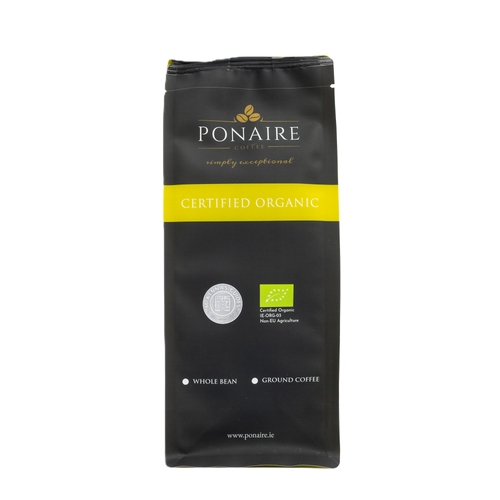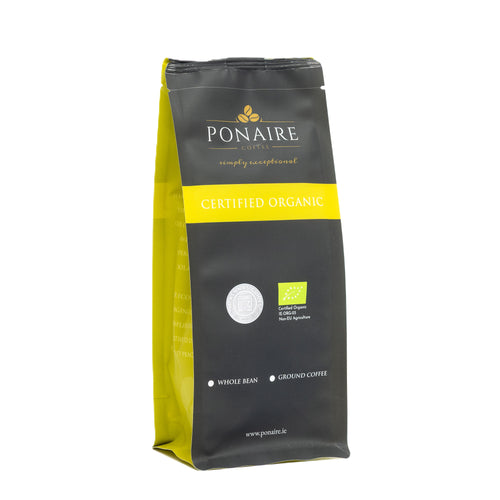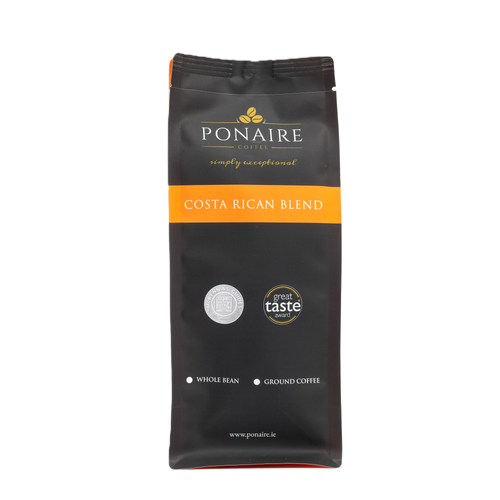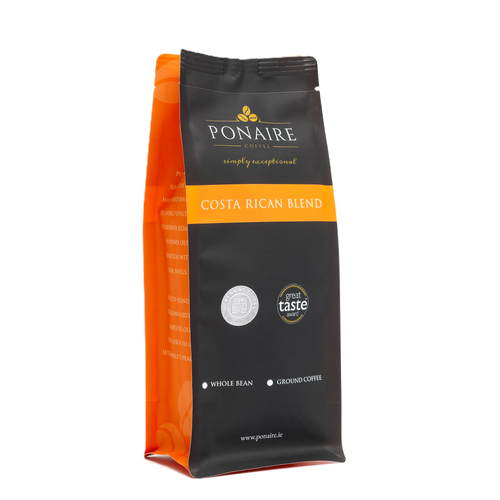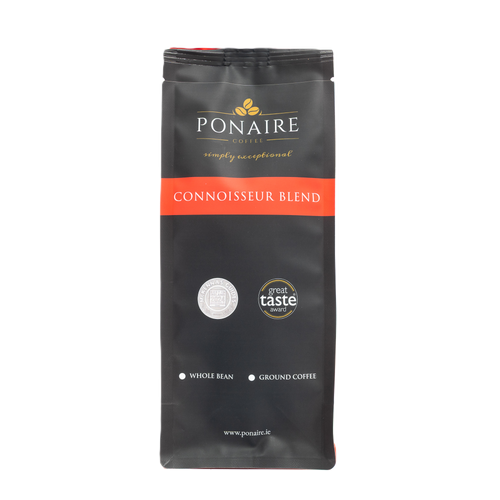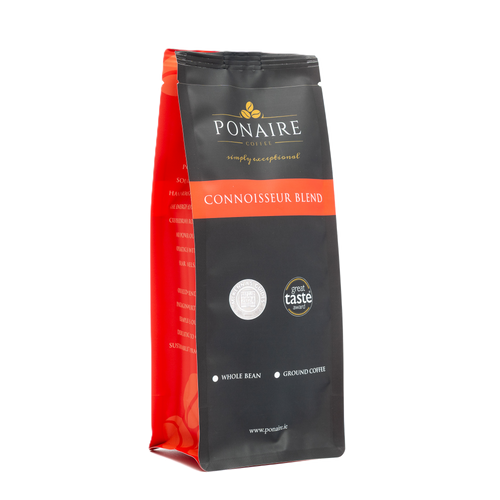It all starts with the beans
THE PONAIRE COFFEE PROCESS
From there it spread to Egypt and Yemen and by the 15th century it had been introduced to Persia (now Iran), Turkey, Armenia and northern Africa. From there it spread to Italy, then the rest of Europe and then northern America. Today it is one of the most popular beverages in the world and recognized everywhere. Coffee typically grows in regions that offer moderate sunshine and rain, steady temperatures around 70°F (20°C), and rich, porous soil. There are two main coffee trees – Arabica (the better beans) which make up about 70 percent of the harvest and Robusta (the harsher beans) which account for about 30 percent.
PONAIRE IN MOTION
SEE OUR PROCESS IN ACTION!
Our Most Popular Products
YOU MAY ALSO LIKE
Discover the favourites that have captivated coffee lovers, elevate your coffee experience with flavours that have stood the test of time and become beloved staples in kitchens, cafés and award winning hotels across Ireland.
-
MediumMild intensity, honey, and nut tones with lemon brightness, hints of jasmine and tea – nearly floral. VIEW PRODUCT
Honduran Certified Organic Coffee
Regular price From €13.19 EURRegular priceUnit price per -
Medium/LightExperience vibrant citrus notes and berry-like flavours, complemented by a medium acidity and a lingering winey spice finish. VIEW PRODUCT
Costa Rica Blend Coffee
Regular price From €8.80 EURRegular priceUnit price per -
Extra StrongHints of Plum and Apricots and a natural sweetness. Full bodied, caramel cremá. VIEW PRODUCT
Peru Certified Organic Coffee
Regular price From €13.19 EURRegular priceUnit price per -
MediumA clean cup with low acidity. Heavy, full bodied, dark cherry with sweet finish. Consistent smooth finish with hints of flowers. VIEW PRODUCT
Connoisseur Blend Coffee
Regular price From €8.80 EURRegular priceUnit price per







